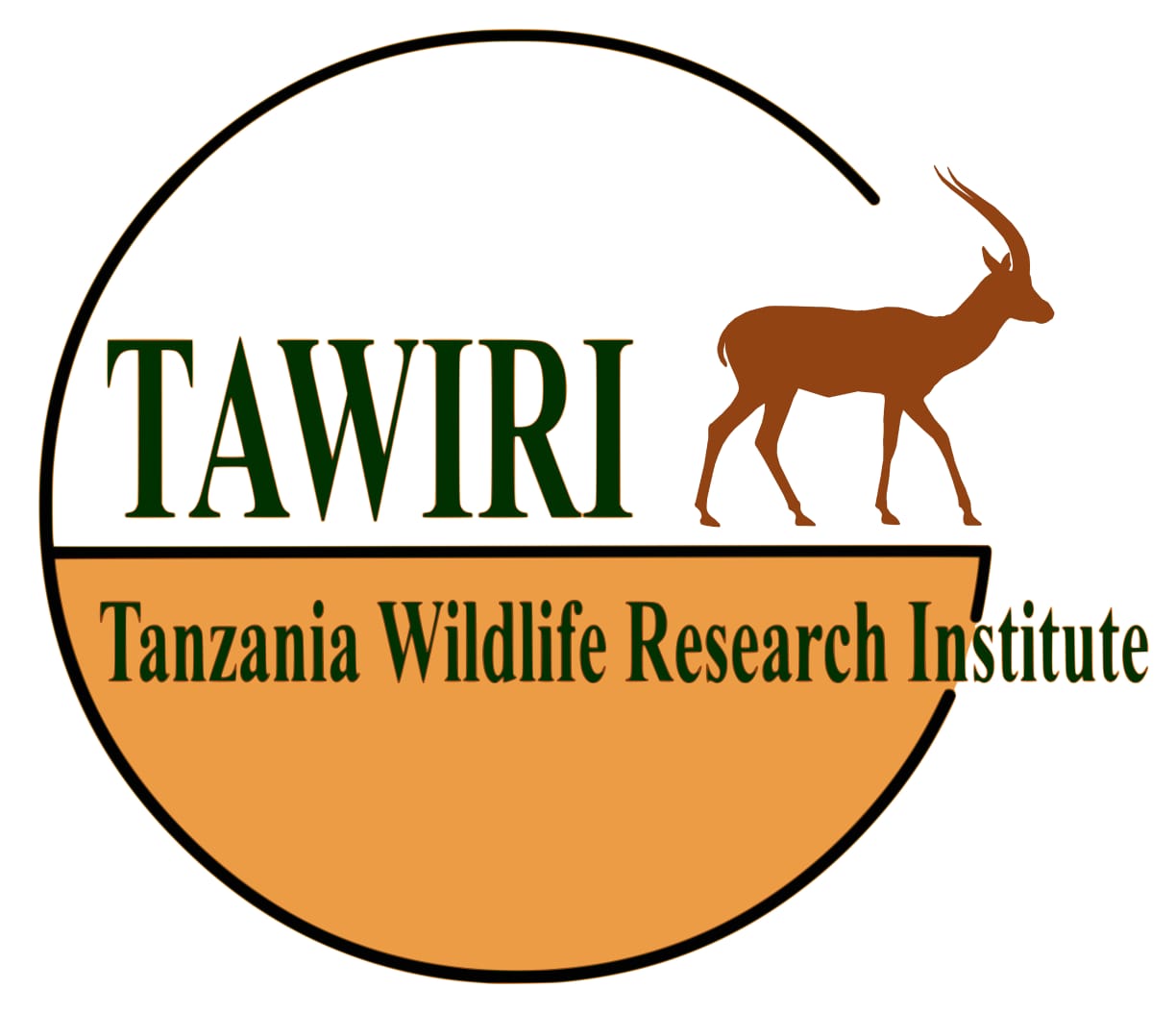Research Preview

Research Project Title
ENHANCING HUMAN-WILDLIFE COEXISTENCE: A MULTIDISCIPLINARY APPROACH AROUND PROTECTED AREAS IN TANZANIA
Research Purpose:
Other -(Specify)
Principle Investigator:
emalwanko11@gmail.com
Introduction
Human and wildlife coexistence is a cornerstone of ecological integrity and sustainable conservation development. However, striking a balance has been challenging due to increasing human and wildlife populations. Population growth has amplified the demand for resources, resulting in resource competition, habitat loss, and fragmentation and giving rise to human-wildlife conflicts. These conflicts have far-reaching consequences for human well-being and wildlife conservation. Human-wildlife conflicts have manifested through livestock depredation, crop raiding and damage, human injury, and loss of life. Coexistence and resource use conflicts have attracted several scholars; some have focused on the common struggle as a source of conflict, while others have focused on competition as the outcome of accessing limited resources. Salerno et al. (2016) linked conflict with negative implications, evoking unpleasant emotions and devastation. There have been various forms and levels of conflict, from local to global. The repercussions of conflict between and within groups have varied dramatically, ranging from confusion, frustrations, misunderstanding, hostility, and violence over resource access, ownership, and management (Nyerembe & Bushesha, 2021). Resource-use conflicts have escalated due to individual-centred policies or specific programs favouring definite groups in society. This research represents a holistic effort to tackle the multifaceted challenges of human-wildlife conflicts in Makao wildlife management areas in Tanzania. This research combines the social and ecological dimensions to create a sustainable coexistence that safeguards wildlife and improves communities' livelihoods. The research will also emphasize community engagement and local education to foster knowledge and understanding of ecosystem coexistence in protected areas. The research seeks to reduce pressure on the environment by proposing alternative income sources to ensure the thriving of local communities and wildlife.. This research is vital because it links social equitability and ecological effectiveness, which can be replicated in other protected areas worldwide.
Problem Statment
The increasing interactions in the shared areas with their implications on human well-being and wildlife conservation raise the question: how do wildlife and humans respond to conflicts and achieve coexistence in protected areas? Less is known about Human wildlife coexistence in Makao WMA. This study therefore, We build on the concept of coexistence to delve into the multifaceted challenges of human-wildlife coexistence in Makao Wildlife Management Area, Tanzania. We combine the social and ecological dimensions to determine the coexistence fashion that safeguards wildlife and improves communities' livelihoods.
General Research Objective
The main aim is to determine status of Human-wildlife Coexistence in Makao Wildlife management areas
Other Details
| Clearance# | Clearance Date | Permit# | Permit Date | Commencement Date | Completion Date |
|---|---|---|---|---|---|
| None | CST00000693-2024-2024-00937 | Dec. 11, 2024, midnight | Sept. 15, 2024 | Nov. 13, 2024 |
Priority Research Theme & Areas
| Priority Research Theme | Research Area |
|---|---|
| HUMAN-WILDLIFE INTERACTIONS | Crop raiding |
| HUMAN-WILDLIFE INTERACTIONS | Livestock predation |
| WILDLIFE ECOLOGY AND ECOLOGICAL INTERACTIONS | Wildlife Resource ecology |
Project Location
| Region | Wildlife Area | District | Species |
|---|---|---|---|
|
Makao |
Project Researchers
| Researcher | Role |
|---|---|
| Emmanuel Lwankomezi | Principal Investigator |
| Abiud Kaswamila | referee |
| Haulle Evaristo | referee |
Reseach Objectives
| Sn | Objective | Methods | Description | ||
|---|---|---|---|---|---|
| 1 | II. To determine and propose sustainable alternative options for communities to reduce wildlife resource dependence |
|
|||
| 2 | III. To conduct an ecological survey to determine wildlife movements and suggest possible ways to overcome problem animals |
|
|||
Reseach Attachments
| Attachment Name | Attachment |
|---|---|
| Full Proposal | Lwankomezi-Proposal.pdf |
 Nwris
Nwris